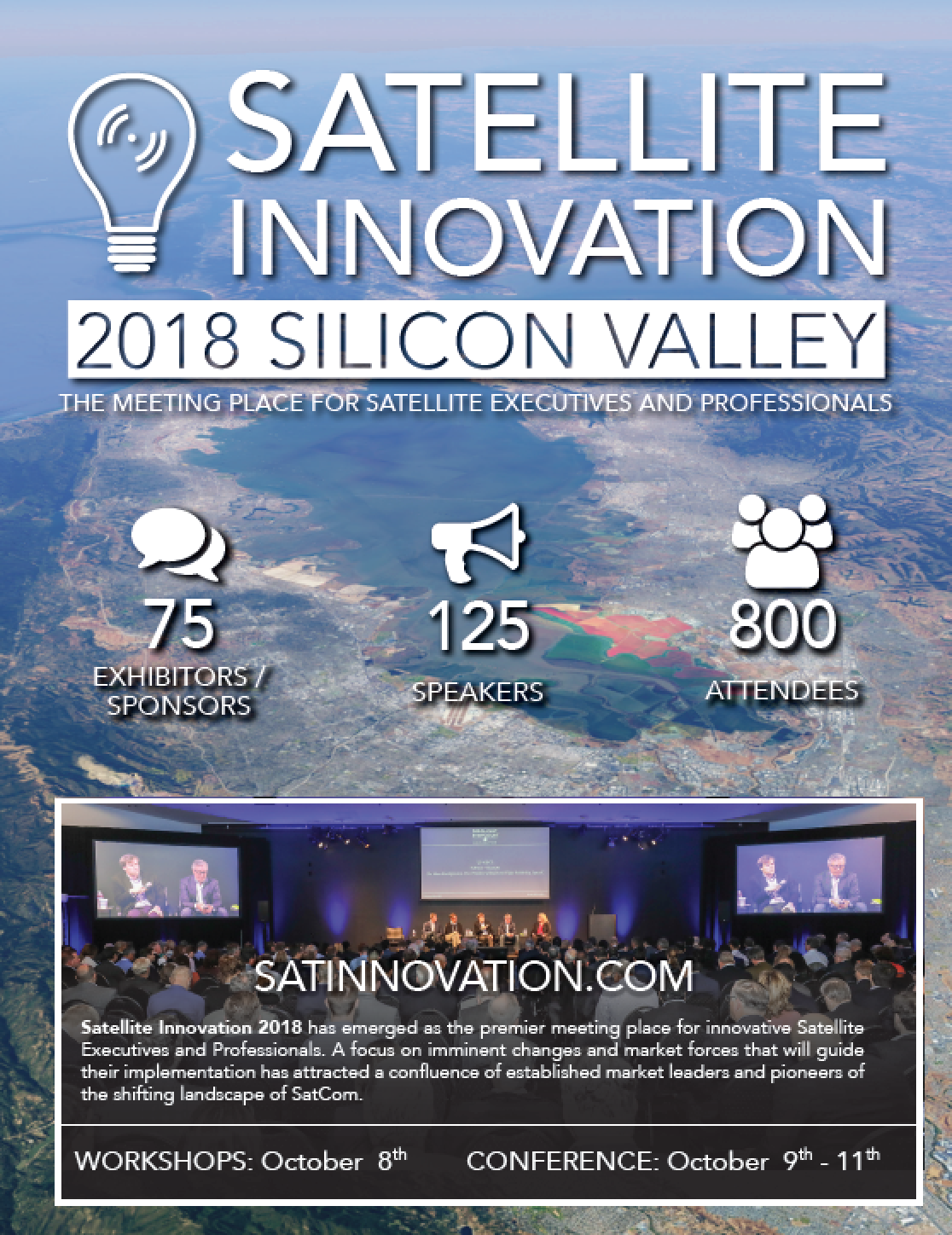Catherine Melquist (CM)
We appreciate you taking time for an interview — let’s talk about the company’s refinancing plus the Harris CapRock and UltiSat acquisitions. What do these mean to you and your mission at Speedcast to further the development of the enterprise and other emerging markets?

Erwan Emilian (EE)
The Harris CapRock and UltiSat acquisitions really helped us diversify our strengths in multiple industries while improving our ability to invest in new technologies. We already have a presence in more than 40 countries and experience working in nearly every country in the world. These acquisitions will allow us to cement our role as the largest global provider for remote communications.
Now, we can scale our efforts and use our global infrastructure to develop leading solutions for enterprise customers and emerging markets wherever they need us. Our recent refinancing also supports these developments because it increases our operational and financial flexibility, allowing us to focus on growth in these additional markets without disrupting our progress in our three other major verticals: Maritime, Energy and Government.
CM
Have you prioritized segments to focus on within the enterprise and emerging markets?
EE
There are many sub-segments within enterprise and emerging markets in which we see opportunity for sure. With that being said, cellular backhaul, humanitarian/NGO, and media and broadcast will be the key areas that my team and I will focus on this year. However, we also employ specialists to help us build our offerings, serve customers and support growth in industries such as utilities, plantations, mining, transportation and aero.
CM
Before we continue, I’d like to learn more about your professional background. How did you find your way into the satellite industry and Speedcast?
EE
I was a 3D CAD/CAM pioneer when I joined the first French startup to focus on technology in 1986 — maybe you remember the Intel 386 PC or Apple Macintosh? My role was to create 3D objects from 2D plans on an Intel 386 processor — fun challenges!
I then became an IBM’er and re-entered the world of startups in the late 90s, developing various innovations and applications for PCs and cellular phones. I joined the satellite communications industry in 2007, where I spent some time investing in M2M, IoT and IP technologies and solutions. In 2008, I met PJ Beylier for the first time and eventually joined Speedcast in October 2017.
CM
How does the satellite industry compare with the other industries you’ve worked in?
EE
The satellite industry is a uniquely small, tight-knit community that allows for building great relationships and strategic partnerships with other suppliers. We’re able to leverage each other’s strengths and innovations to provide the best solutions for our customers, and we’re all working toward the same goal of providing the best available connectivity using the latest technologies for our customers anywhere the world.

With that being said, I feel the biggest challenge we have in satellite compared to other technology sectors is the distribution chain. Many providers have a hand in multiple channels, which can sometimes lead to overlap, forcing competition between companies who are also trusted partners.
CM
As you know, there’s a lot of disruption unfolding in the satellite market, how do you see the enterprise and other emerging markets iterating during this time of industry change? And, what growth drivers (e.g., HTS connectivity, terminal innovations, other) are you and your customers most about this service?
EE
Speedcast has become the sole supplier of satellite communications to the Casey community in Antarctica. The company has been able to make a significant improvement in the reliability and accessibility of connectivity provided to the area, communicating with servers located in Kingston, and cutting down congestion on the satellite link, thus improving response times.
A wide range of applications are used by local medical, commerce and trade organizations to run daily operations and keep in touch with the rest of the world. Scientists also use the service to collaborate with local and worldwide educational institutions, gaining access to information in order to conduct experiments and research as well as share findings and data in their fields of expertise. Explorers and vacationers now have easy access to keep in touch with family and friends as well as ensure their safety while out on excursions.
CM
Erwan, thank you again for taking time for this interview and for being a great addition to the MSUA Board of Directors. We look forward to watching future successes unfold from Speedcast’s Enterprise Division.
www.msua.org

President of the Mobile Satellite Users Association, Catherine spearheads the group’s mission to promote mobility market development and mobility innovation. With over 25 corporate and small business members representing all levels of the satellite value chain as well as end-users, MSUA collaborates with conference organizers around the world to facilitate panels and keynote speakers that decipher mobility market dynamics including: growth opportunities, strategic partnership, barriers to progress, application aspirations, adjacent market influences and more.



